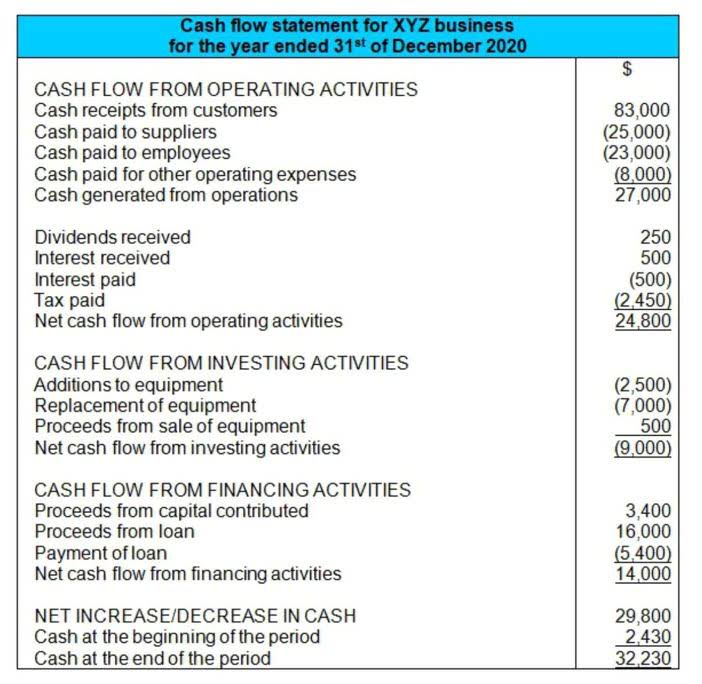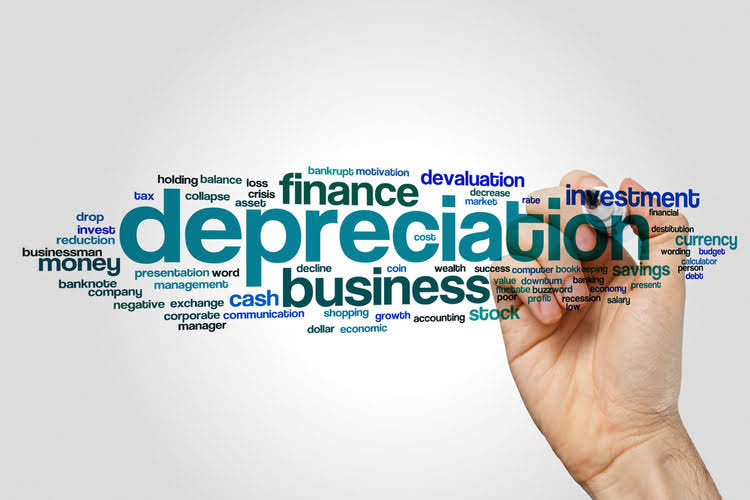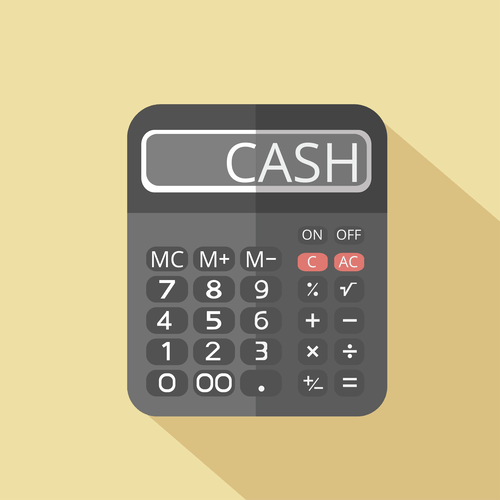
Moreover, changes in intangible asset values influence the calculation of earnings http://ivs.d0f.myftpupload.com/2025/01/how-to-record-sales-returns-and-allowances/ per share (EPS) and other financial ratios. It is essential for investors to understand how a company reports and manages its intangible assets since they can significantly impact the overall financial performance and future prospects of a business. The balance sheet aggregates all of a company’s assets, liabilities, and shareholders’ equity.
DISCLAIMER FOR REPORT

The distribution of this document in certain jurisdictions may be restricted by law, and persons in whose possession this document comes, should inform themselves about and observe any such restrictions. Just write the bank account number and sign in the application form to authorise your bank to make payment in case intangible assets do not include of allotment. Personal Loan, Fixed Deposit, EMI Card are provided by Bajaj Finance Limited. These are not exchange traded products and all disputes with respect to the distribution activity, would not have access to exchange investor redressal forum or Arbitration mechanism. The review process on Helpful Professor involves having a PhD level expert fact check, edit, and contribute to articles.
J. Flow chart for recognizing a purchased intangible under PSG-8

This process plays a crucial role in maintaining accurate financial statements while providing investors with transparency. In conclusion, understanding and accounting for intangible assets during M&A transactions is an essential aspect of corporate finance and investment. These approaches can provide a reasonable estimate of FMV based on historical costs, future economic benefits, or market prices.
- These financial relationships support our content but do not dictate our recommendations.
- This assessment ensures that the carrying value of goodwill remains no more than its recoverable amount.
- Only recognized intangible assets with finite useful lives are amortized.
- Straight-line amortization is calculated the same was as straight-line depreciation for plant assets.
- However, goodwill is still an intangible asset, treated as a separate class.
Small Business Resources
- If you don’t feel comfortable tackling these tasks on your own, hire an experienced accountant.
- Intangible assets only appear on a company’s balance sheet if they are acquired through a purchase—they are not internally developed—and therefore, they have an identifiable value and identifiable lifespan.
- A written agreement to use a patent owned by another company, with no plans to prolong the arrangement, is an example of a specific intangible asset.
- Having discussed what intangible assets are, let us talk about their examples.
- In summary, impairment testing is an essential tool for determining the carrying value of intangible assets compared to their fair market value, ensuring accurate financial reporting and transparency for investors.
- Most publications have a limited (finite) life; a creator may amortize the cost of the copyright to expense on a straight-line basis or based upon the pattern in which the economic benefits are used up or consumed.
Read how automated account reconciliation can save you time and money and reduce errors for improved financial health. Screeners is not Exchange-approved products and any disputes related to the same will not be dealt on the Exchange platform. This service / information is strictly confidential and is being furnished to you solely for your information. This information should not be reproduced or redistributed or passed on directly or indirectly in any form to any other person or published, copied, in whole or in part, for any purpose unless otherwise expressly authorised.

However, goodwill is still an intangible asset, treated as a separate class. An invisible asset would only appear on a balance sheet if it has an identifiable value and useful lifespan that can be amortized. That criterion is usually only met when these assets are acquired from another company. Despite their nonphysical nature and sometimes questionable liquidity and market worth, invisible assets can prove very valuable to a company and be critical to its long-term success or failure. Usually, you can find the value of tangible assets as a definite number.
Understanding intangible assets can lead to better investment decisions and more informed assessments of the long-term potential of businesses. The value of intangible assets often stems from their ability to generate income for businesses over extended periods. For instance, brand recognition is an essential intangible asset that contributes to the success and longevity of companies like Coca-Cola, Google, or Apple. Unlike tangible assets, which lose value over time due to depreciation or obsolescence, intangible assets can appreciate in value if managed and leveraged effectively. Intangible assets play a crucial role in shaping a company’s market position and long-term growth. Their effective management ensures business sustainability, competitive advantage, and financial success.
- Because they derive their worth from contractual rights, financial assets like stocks and bonds are also viewed as tangible assets.
- Ultimately, no single valuation method is universally applicable to all intangible assets, as various factors impact their valuation.
- Therefore, when a company is bought, the purchase price often exceeds the asset’s book value, and the premium is recorded as an intangible asset.
- Common tangible assets include property, equipment, furniture, inventory, and vehicles.
- They can provide a competitive advantage and create value for a business, and it’s important for business owners to understand and properly manage them.
- “Investments in securities market are subject to market risk, read all the scheme related documents carefully before investing.”
Also referred to as intangible assets, these resources do not have a physical, or sometimes even a paper, presence. However, they still provide financial value to the holder and, in many cases, are a key part of a company’s worth. Intangible assets can become a business deduction in the form of amortization expense, which affects your Profit and Loss statement. Amortization is a method of spreading the cost of an intangible asset over its useful life, similar to the depreciation of tangible assets. By doing so, the business can deduct a portion of the cost of an intangible asset each year, through the amortization expense, which can help to reduce its taxable income. Freelancers and solopreneurs often rely Oil And Gas Accounting on intangible assets, like customer loyalty, referrals and reputation to gain clients and grow their businesses.
This means that things such as accounts receivable, derivatives and cash in the bank, etc. are not classified as intangible assets. An asset is a resource controlled by an individual or company from which “future economic benefits are expected to flow”. An intangible asset is essentially any such resource that does not exist in a physical or monetary form. Common tangible assets include property, equipment, furniture, inventory, and vehicles.

- Intangible assets differ fundamentally from tangible assets as they don’t have physical substance but can generate substantial revenue and impact a firm’s long-term success.
- Generally, intangible assets are simply amortized using the straight-line expense method.
- Their identification, valuation, and management are essential for sustaining competitiveness and driving long-term growth, highlighting their importance in strategic business planning and financial analysis.
- We leave further discussion of capital leases for an intermediate accounting text.
- For instance, when Hewlett-Packard wrote down its goodwill by $8.9 billion in 2011, it represented one of the largest impairment losses in corporate history at the time.
- For example, a patent for a revolutionary technology is an intangible asset, whereas a factory building is a tangible asset.
A copyright is an exclusive right granted by the federal government giving protection against the illegal reproduction by others of the creator’s written works, designs, and literary productions. The finite useful life for a copyright extends to the life of the creator plus 50 years. Most publications have a limited (finite) life; a creator may amortize the cost of the copyright to expense on a straight line basis or based upon the pattern in which the economic benefits are used up or consumed. These assets are also called invisible because they generally do not appear in financial statements. Most internally developed invisible assets are absent from company balance sheets because they do not have a price that can be used to assign fair market value. Intangible assets are often overlooked in day-to-day operations but understanding them can be an invaluable tool when it comes to building your brand and reducing your tax bill.
